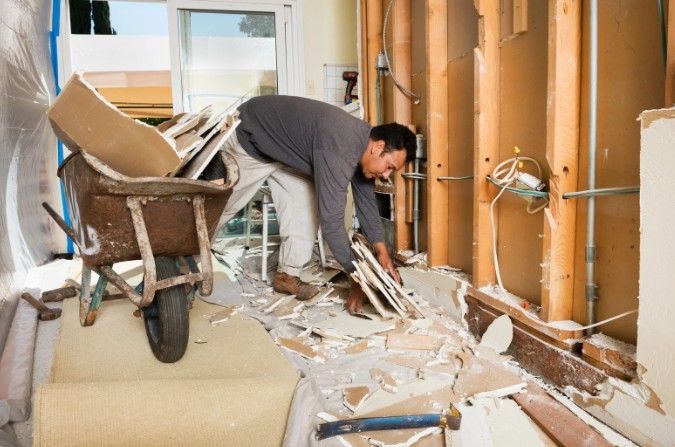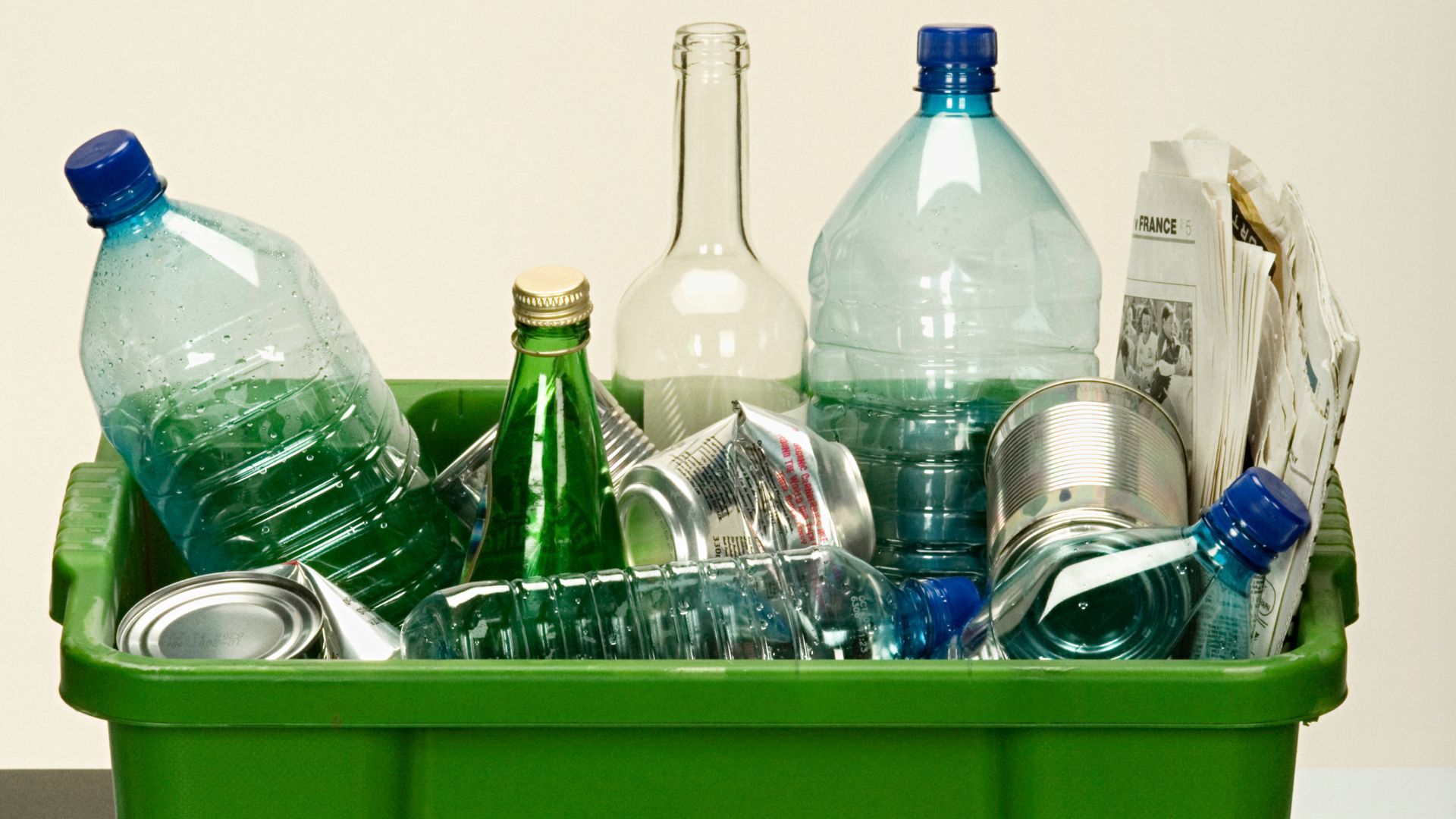Kitchen Demolition Augusta: Expert Tips and Advice
Renovating your kitchen is a thrilling project, but it often involves more than just installing new fixtures and finishes. Kitchen demolition is an essential step that requires attention to detail and a clear understanding of the work ahead. Whether you’re making small updates or planning a full-scale remodel, this process involves removing old structures, appliances, flooring, and cabinets to create space for your new design.
Kitchen demolition isn’t a simple task—it’s a blend of preparation, safety protocols, and careful execution. From disconnecting utilities and protecting surrounding areas to choosing the right tools and techniques, every step plays a crucial role in ensuring that your demolition goes smoothly. For homeowners in Augusta, taking the right approach can make all the difference in saving time, reducing costs, and preventing potential issues during the renovation process.
Understanding the Importance of Preparation
Before diving into any demolition project, preparation is key. Not only does this step ensure that you’re able to work efficiently, but it also helps prevent any damage to surrounding areas. Take the time to assess your space and the items you plan to remove, whether it’s cabinets, countertops, or flooring. Make sure you clear out any personal items from the kitchen and surrounding rooms, as this will help keep them safe and out of the way during the demolition process.
One of the first tasks should be to disconnect the utilities. This includes gas lines, water pipes, and electrical connections. If you’re unsure how to handle this step, it’s best to call in a professional to prevent any accidents. A kitchen demolition often involves working with water, gas, and electrical systems, so having an expert handle these disconnections ensures your safety and the safety of your home.
Proper Tools for a Kitchen Demolition
While some homeowners may opt for a DIY approach, having the right tools for the job is crucial. You’ll need to invest in high-quality tools that are suited for kitchen demolition. These include a sledgehammer, pry bars, crowbars, screwdrivers, and safety goggles. Be sure to use proper protective gear such as gloves, heavy-duty boots, and a hard hat to prevent injuries.
Additionally, if your kitchen involves removing larger appliances or cabinetry, tools like a reciprocating saw or drill can help make the task easier. A sawzall or circular saw might also come in handy for cutting through stubborn materials like drywall or plywood. While it may be tempting to use a jackhammer or heavy machinery, these can cause significant damage to your home’s structure and should be avoided unless necessary.
Handling Cabinets, Countertops, and Appliances
Cabinet removal can be one of the most challenging aspects of a kitchen demolition, but with the right approach, it can be straightforward. Start by removing the doors and shelves to make the cabinets lighter and easier to handle. Use a screwdriver to remove the screws attaching the cabinets to the wall. If the cabinets are mounted to studs, you may need to use a pry bar to loosen them carefully. For particularly stubborn cabinets, it’s a good idea to use a reciprocating saw to cut through any remaining fasteners. When dealing with countertops, it’s important to note the material. Granite or marble countertops may require special care, as they are heavy and fragile.
For these materials, it’s wise to enlist the help of professionals to avoid damaging the countertops or injuring yourself during removal. For laminate countertops, you can usually remove them by cutting through the caulking and unscrewing them from the base cabinets. Appliance removal is another important task. Depending on the size and type of appliance, you might need help from professionals, especially for larger items like refrigerators, ovens, and dishwashers. Many of these appliances need to be disconnected from their power sources or water lines, and it’s essential to do this safely to avoid injury or damage to your kitchen.
Dealing with Flooring and Walls
Removing the flooring and walls is another significant part of the kitchen demolition process. Start by removing any trim or baseboards to avoid damage to the walls. For hardwood floors, you’ll likely need to pry up the individual planks, whereas vinyl or tile flooring can be removed using a floor scraper. Be mindful of any underlying adhesive that might make the process more difficult, and take the time to clean up the debris as you go along.
If you’re planning to remove drywall or plaster from the walls, use a utility knife to score the material and then use a pry bar to carefully remove it from the studs. Be sure to check for any hidden wires or plumbing behind the walls as you work, as these can pose a hazard during the demolition.
Safety Measures During Kitchen Demolition

Safety is paramount when handling a kitchen demolition project. Whether you’re doing it yourself or working with a professional team, it’s crucial to take appropriate safety precautions to prevent injury. Wear protective gear such as gloves, goggles, a hard hat, and steel-toed boots. Ensure that the area is well-ventilated, especially if you’re removing items that produce dust or fumes.
It’s also essential to be cautious when working with electricity, gas lines, and plumbing. Always verify that these systems are turned off before proceeding with the demolition. If you’re unsure about handling these systems, it’s advisable to call a professional to ensure your safety and prevent costly damages to your home.
When to Hire a Professional Demolition Service
While some homeowners might consider tackling kitchen demolition on their own, it’s often best to hire a professional demolition service to handle the job. Professionals have the experience, expertise, and equipment to ensure the project is completed safely and efficiently. They can also help with the disposal of materials and waste, which can be overwhelming to handle on your own. Hiring a team of experts will not only save you time but also minimize the risk of mistakes or accidents during the process.
Professional demolition companies are also familiar with local building codes and regulations, which means they can ensure your demolition is done to code. This is especially important if you’re planning a kitchen renovation that requires permits. Additionally, professionals will know how to handle hazardous materials, such as asbestos or lead, which may be present in older homes.
Planning for Waste Disposal
Demolition generates a significant amount of waste, including old cabinetry, countertops, appliances, and flooring materials. While you can haul some of these items to the landfill yourself, it’s often more efficient and eco-friendly to hire a junk removal company that specializes in waste disposal. A professional team can take care of the heavy lifting and ensure that your debris is disposed of properly.
Many junk removal companies also focus on recycling and donating items whenever possible, which helps reduce the environmental impact of your demolition. This is particularly important if you’re environmentally conscious and want to minimize the waste sent to landfills.
Expert Advice for Kitchen Demolition in Augusta
Kitchen demolition is a critical first step in any renovation project. When planning your kitchen demolition in Augusta, it’s essential to consider the scope of work and prepare the space thoroughly. Whether you’re removing old cabinets, appliances, or flooring, proper planning ensures the demolition process runs smoothly. It’s important to understand the impact each aspect of the demolition has on the overall kitchen design, as this will guide you toward making decisions that will benefit the final result.
Beyond the removal of physical structures, kitchen demolition includes disconnections of utilities such as electricity, gas, and water. These systems need to be safely handled, which is where professional assistance can make a significant difference. Hiring a team of experienced specialists ensures that your kitchen demolition is carried out with precision, protecting both your property and your health.
Safe Practices for Kitchen Demolition in Augusta Homes
Safety is paramount when undertaking kitchen demolition. Whether you are working alone or with a team, protecting yourself and your home should be your top priority. In Augusta, homes vary in their structural integrity, and older kitchens may have hazardous materials like lead paint or asbestos that require special attention. Taking proper precautions ensures that these dangers are minimized, safeguarding your health.
During the demolition process, make sure to use the proper safety gear—gloves, goggles, and sturdy footwear—to avoid injury from falling debris or sharp objects. You should also be mindful of the electrical wiring and plumbing systems that are often hidden behind walls and under flooring. Avoiding accidents during this phase can prevent costly repairs later on, making it essential to follow safety protocols carefully.
Conclusion
Kitchen demolition is a complex task that requires careful planning, the right tools, and a keen attention to safety. Whether you’re doing it yourself or hiring professionals, it’s essential to understand the scope of the project and how to handle each step. From safely removing cabinets to dealing with appliances and flooring, there are many factors to consider. For homeowners in Augusta, seeking expert help with kitchen demolition ensures that the process is done safely and efficiently.
A professional service can also assist with waste disposal, helping you maintain a clean and organized worksite. When you’re ready to take the next step with your kitchen renovation, be sure to consult experts who can provide advice and handle the demolition process with precision. For kitchen demolition and waste removal services in Augusta, contact Hinkins Disposal. We can help you navigate the complexities of demolition while ensuring a safe and efficient cleanup. Reach out to us at (706) 885-4032 or email us at Hinkinsdisposal@gmail.com for more information.




